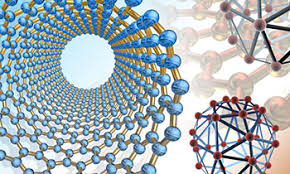Mechanical and Materials Engineering, Department of
Document Type
Article
Date of this Version
2020
Citation
Published in Clinical Biomechanics 80 (2020) 105142.
doi:10.1016/j.clinbiomech.2020.105142
Abstract
Background: Ellipticals are used to address walking and cardiorespiratory training goals of older adults, some of whom are at risk for foot injuries. Variations in joint kinematics and muscle demands when using different ellipticals could lead to plantar pressure differences. This study explored plantar pressure variables during gait and use of four ellipticals.
Methods: Plantar pressures were recorded while 10 adults [68.1 (4.5) years] walked and used the True, Octane, Life Fitness, and SportsArt ellipticals. Repeated-measures ANOVAs (5 × 1) identified forefoot and heel differences across conditions.
Findings: Maximum forefoot forces and peak pressures were significantly lower than walking for each elliptical condition with one exception (Life Fitness peak pressure). However, sustained elliptical pedal contact time contributed to forefoot pressure-time integrals and dosages (i.e., cumulative pressure during one minute of activity) not varying significantly amongst elliptical and walking conditions. Heel maximum forces and peak pressures were significantly lower than walking during all elliptical conditions except SportsArt. Heel contact time on SportsArt and Octane exceeded walking, and SportsArt heel contact time exceeded Life Fitness. Heel pressure-time integral was greater on SportsArt compared to walking, Life Fitness, and True. Sports Art heel dosage exceeded Life Fitness and True.
Interpretation: While elliptical training's sustained double limb support diminished maximal forces and peak pressures under the forefoot and heel compared to walking, each ellipticals' pressure-time integral and dosage were not significantly lower than walking. These findings point to the importance of carefully initiating elliptical training programs to minimize tissue injury, particularly if sensory neuropathy is present.
Included in
Mechanics of Materials Commons, Nanoscience and Nanotechnology Commons, Other Engineering Science and Materials Commons, Other Mechanical Engineering Commons



Comments
Copyright © 2020 Elsevier Ltd. Used by permission.